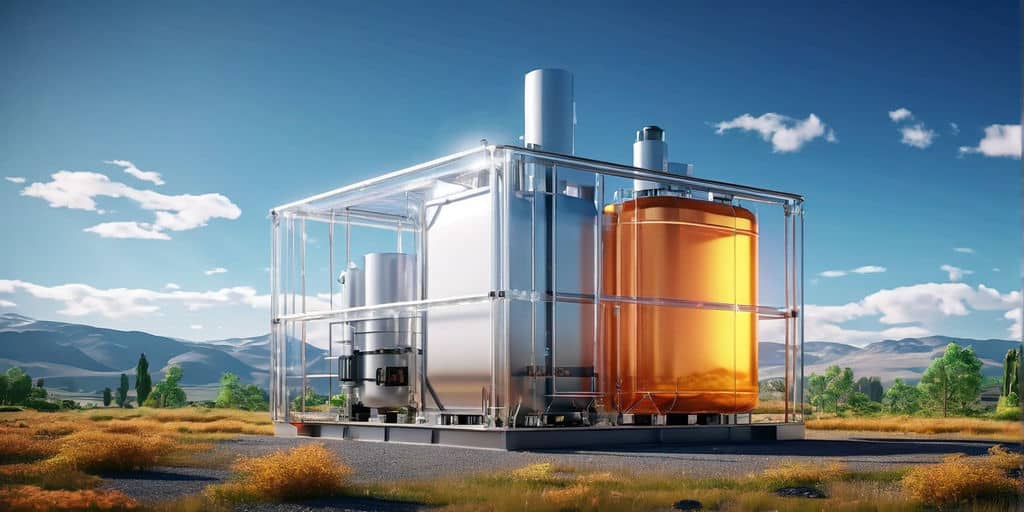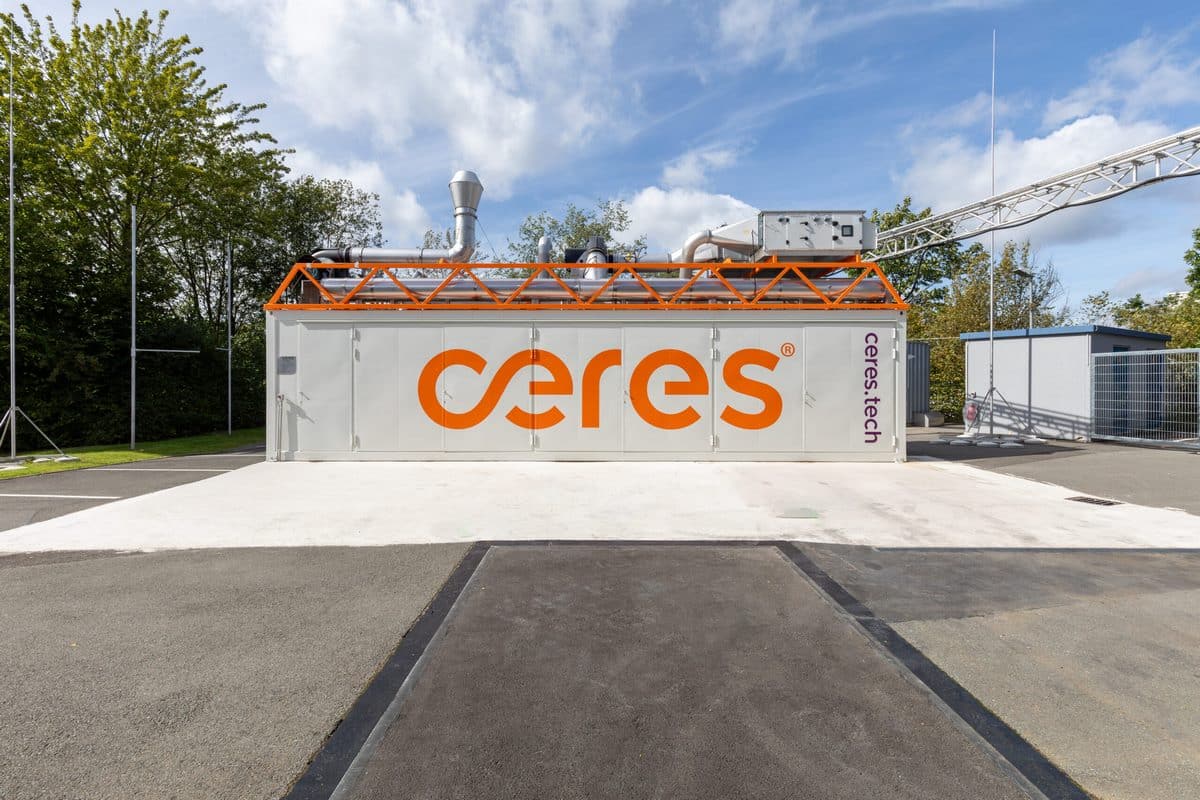The WTZ engine and machinery research center in Roßlau chose a different path to developing a new stationary zero-emission system. It designed an air-independent propulsion engine called H2 DI Zero. The name stems from the fact that some of the combustion gases are recovered so the engine emits nothing but steam. Instead of air, it uses argon, an inert gas that can be retrieved multiple times over, and pure oxygen, mixed with hydrogen.
This eliminates nitrogen and carbon from the combustion cycle, thus also removing hydrocarbons, carbon dioxides and nitrogen oxides from the equation.
By contrast, conventional hydrogen combustion engines use air as the reactant. However, air contains 78 percent nitrogen. At high temperatures, nitrogen reacts with oxygen to form nitrogen oxide, which is a danger to the climate. Manuel Cech, who heads the WTZ project, said “the use of argon has allowed us to improve combustion engine efficiency to unprecedented levels.“
The Roßlau-based engineers noted the engine would be a good fit for stationary multi-megawatt systems, not for vehicles. The main goal was to develop a system that can compete with fuel cell and CHP power plants. At 50 percent engine efficiency, the device is certainly a viable candidate for the market. Prospective customers include public utilities that have so far relied on natural gas-fired CHP systems but would like to use renewable hydrogen from now on, for example, to balance supply and demand.
Cech told H2-international that the idea for the 50-kilowatt unit had been thought up during a research project. This project was launched three years ago and work on the engine has been made possible through funding the nonprofit organization has received from the government. WTZ is also a partner in LocalHy, set up to investigate opportunities for producing hydrogen and oxygen through distributed water electrolysis.
…
read more in H2-international May 2020


























0 Comments